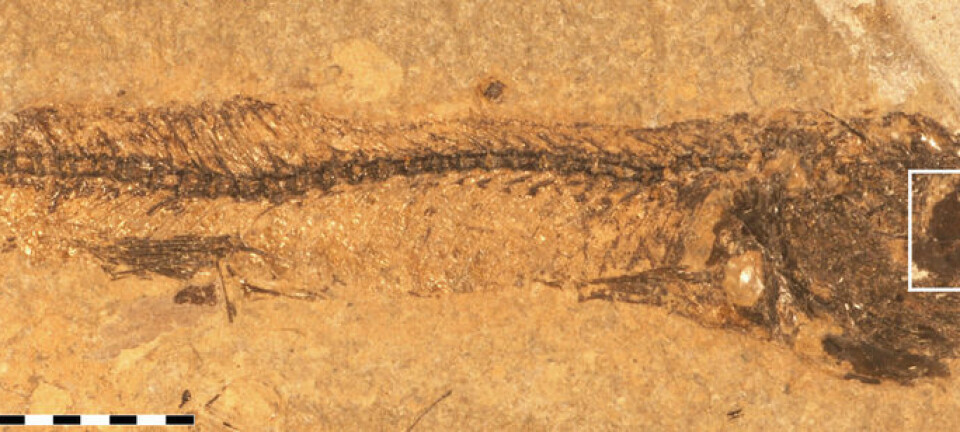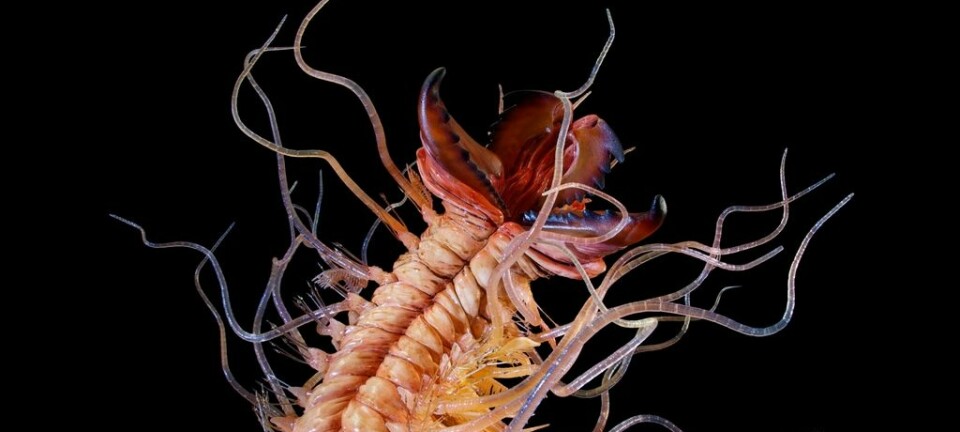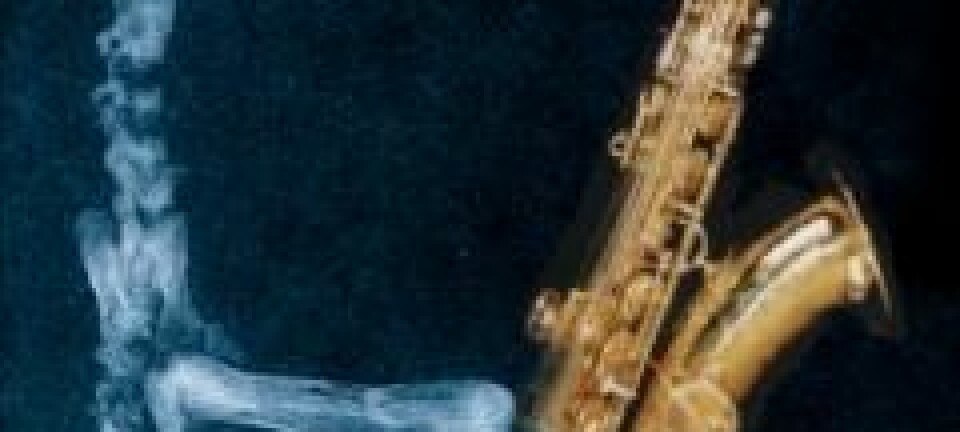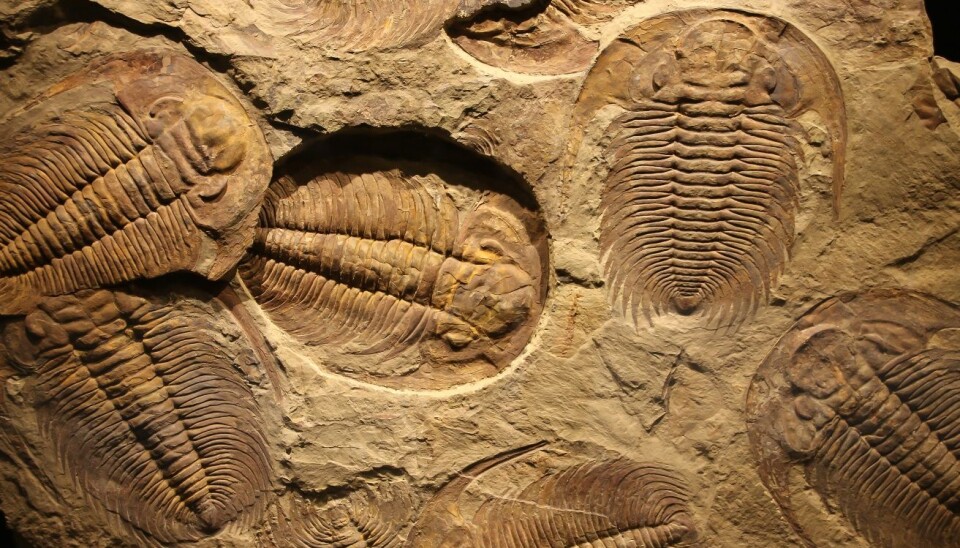
Suggesting answers to one of Darwin’s mysteries
Why do we see so little evolution in some fossils?
Denne artikkelen er over ti år gammel og kan inneholde utdatert informasjon.
Darwin’s theory of evolution explains how all living things can be related. An enormous variety of species have gradually evolved through continuous changes over billions of years.
Natural selection contributes to the formation of all life by promoting the survival of organisms which are best adapted to their environments, “weeding out” those that are less suited. A variable environment will lead to new forms of life.
Darwin’s [and Alfred Russel Wallace’s] theory is considered to be one of most brilliant natural science breakthroughs in history, forming the basis for modern evolutionary biology.
But certain fossils posed a challenge for Darwin. We see many species that do not change over millions of years. This is called stasis. What was happening in these periods of evolution?
Large, rapid changes
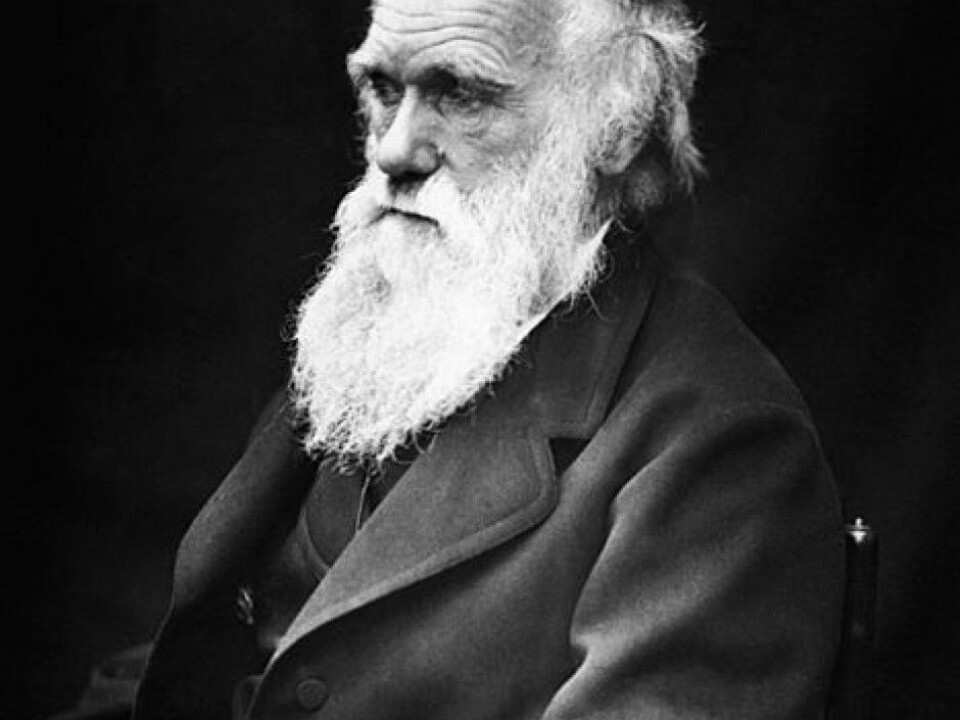
The famous palaeontologist Stephen Jay Gould and his colleague Niles Eldredge launched an explanation called punctuated equilibrium. This explains why species do not change much once they have lived long enough to be found in the fossil record, and that large evolutionary changes tend to occur in spurts – relative short periods of time.
These changes generally occur with the establishment of new species where geological isolation occurs. For instance a group of organisms might get cut off from their kind after a volcanic eruption changes the environment locally and the two groups will start evolving independently.
Where are the gradual changes? Do we need to revise Darwin’s description of evolution?
Paradox
Researchers now see evolution carrying on at a certain rate.

“Among today’s species we see a large potential for evolution in the form of genetic variation. We also see gradual changes in natural populations,” says Kjetil Lysne Voje, an evolutionary biologist at the University of Oslo.
So Darwin and Russel are still in favour, and we are left with a contradiction. It is called the stasis paradox, and it has kept many evolutionary biologists busy, looking for an explanation. Voje is one of them. In a lecture at the University of Oslo last week he presented the stasis paradox and explained that several proposals have been made to solve the mystery.
The most wide-spread explanation is stabilising selection. It suggests that the advantage for a species which is already well adapted to its environment will be to avoid changing much. It is a type of natural selection that favours the average individuals in a population because changes are disadvantageous. Changes are a drawback and stabilising selection will discard deviations from the well-functioning norm.
“Stabilising selection is a very good explanation for stasis, as it helps a species remain unchanged. But it has some problems, as it is hard to conceive of an optimal form that would not change in the course of millions of years,” says Voje.
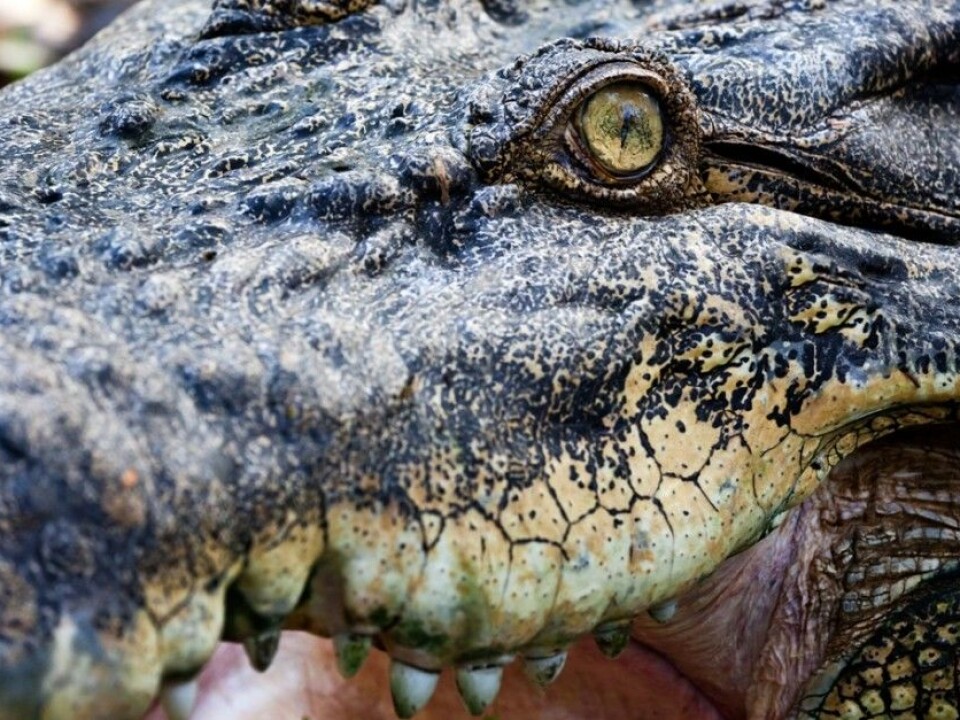
An organism’s optimal form is at any given time dependent upon its surroundings. An environment which is continually changing, and competition with other species, makes it improbable for whatever is “optimal” for a species to remain the same over a long time.
Moving and robust species
A complementary explanation is habitat tracking. This simply means that species seek areas where the environment corresponds to the one they have adapted to. It is easier to move than to evolve.
It is possible that the explanation for stasis is that some species are robust and can tolerate a variety of environments.
“The crocodile is a possible example of such a species. It has hardly changed in many millions of years. Maybe it has no need to?” says Kjetil Lysne Voje.
Another possibility is that certain species are adapted to very stable areas, while others are adapted to unstable areas. In this case it is likely that the species, which have adapted to stable areas, have had no reason to change and have existed longer. This would have made it easier for them to make it into the fossil record.
Limited genes
Constraints are a phenomenon which can play a major role in stasis. A constraint is something that limits how an organism is affected by natural selection. This means that a desired form is impossible because of genetic limitations.
A gene tends to influence several attributes simultaneously. For example, the length of arms is strongly connected to the length of legs. If you could imagine an environment where long arms are an advantage, but long legs a great disadvantage, this would hamper the development of long arms. Genetic constraints determine how much a species can change in relation to how much they ought to change.
“There’s probably more than a single cause of stasis. Several explanations have to be used to solve the paradox.”
Voje is working on multiple explanations and one thing is certain – Darwin’s theory of evolution is not threatened by extinction.
-------------------------------------
Read the Norwegian version of this article at forskning.no
Translated by: Glenn Ostling







